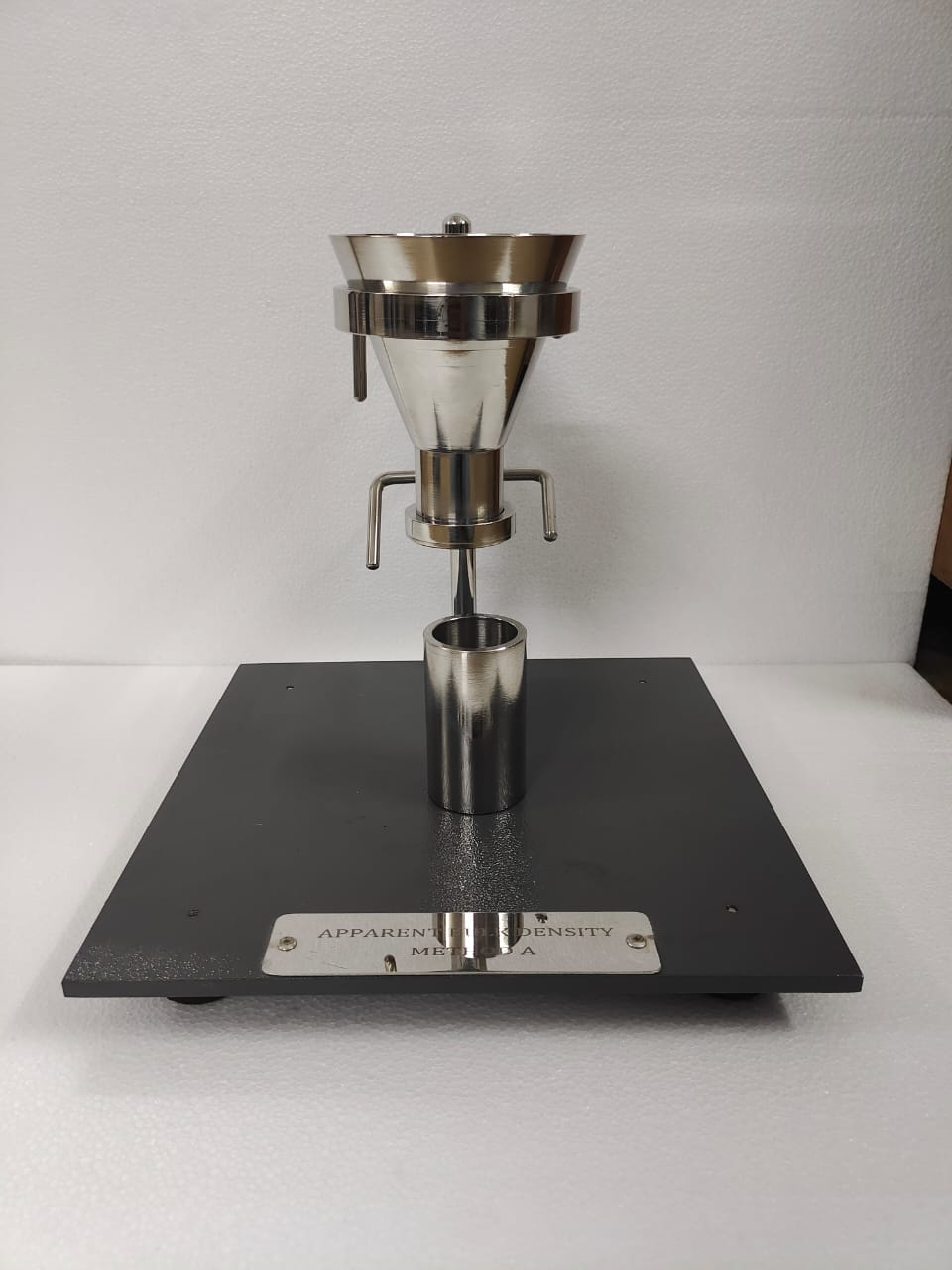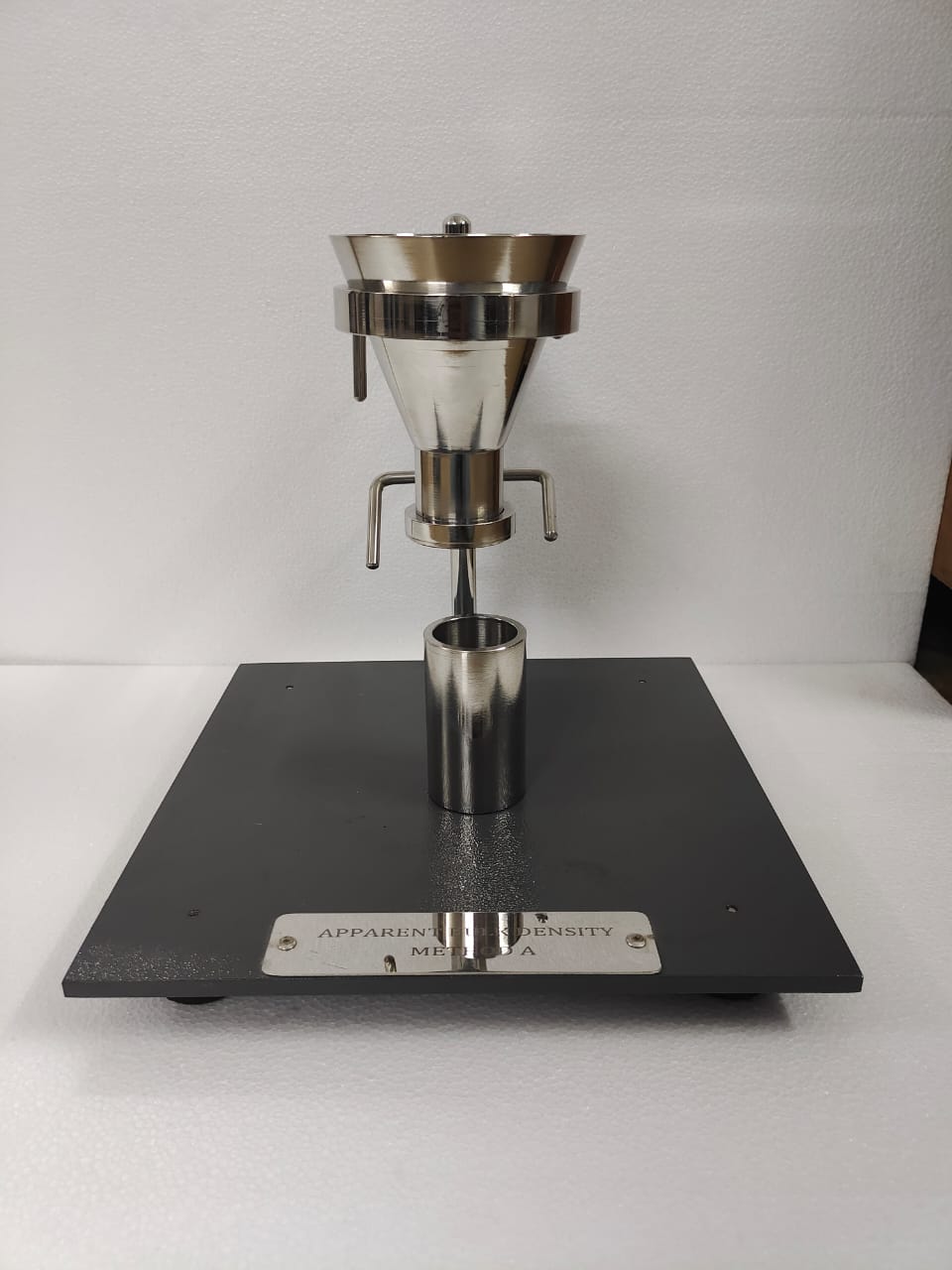Description:
- Bulk density is a property of powders, granules and other “divided” solids, especially used in reference to mineral components (soil, gravel), chemical substances, (pharmaceutical) ingredients, foodstuff or any other masses of corpuscular or particulate matter. It is defined as the mass of many particles of the material divided by the total volume they occupy. The total volume includes particle volume, inter-particle void volume and internal pore volume.
- Bulk density is not an intrinsic property of a material; it can change depending on how the material is handled. For example, a powder poured into a cylinder will have a particular bulk density; if the cylinder is disturbed, the powder particles will move and usually settle closer together, resulting in a higher bulk density. For this reason, the bulk density of powders is usually reported both as “freely settled” (or “poured” density) and “tapped” density (where the tapped density refers to the bulk density of the powder after a specified compaction process, usually involving vibration of the container.)
ASTM D1895 Method A:
- Primarily used to measure the apparent density of fine granules that can be poured readily through a “V” shaped funnel, the material under test is allowed to flow into a cylindrical cup with a known volume of 100cm³.
Tests that can be conducted are:
- Apparent Density
- Bulk Factor
- Pourability
Technical Specification:
- V-shaped funnel - Made of aluminum
- Measuring. cup 100cm³ - Made of aluminum
- Stand - Made of Mild Steel.
|
Net weight (in kg) |
4 |
|
Width (cm) |
18 |
|
Depth (cm) |
23 |
|
Height (cm) |
25 |






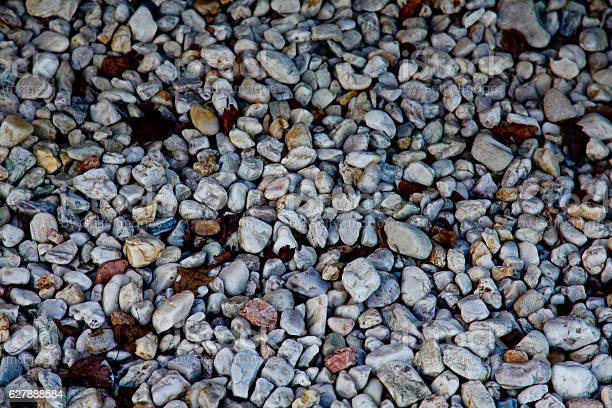
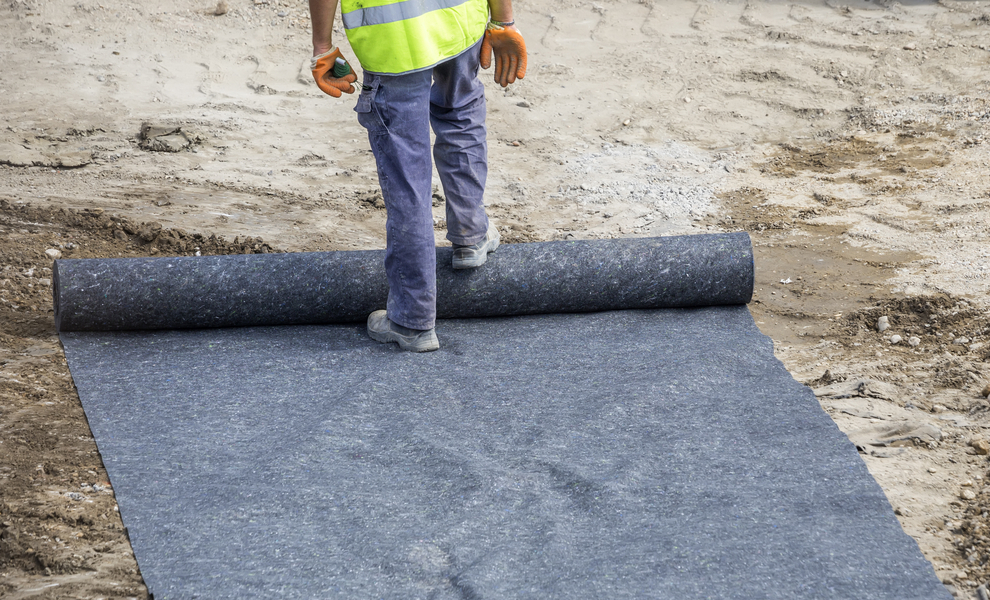

.png)
.jpg)



.png)







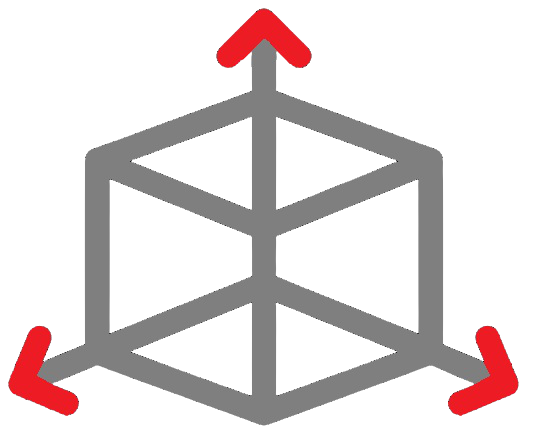

.png)


.png)

.jpg)




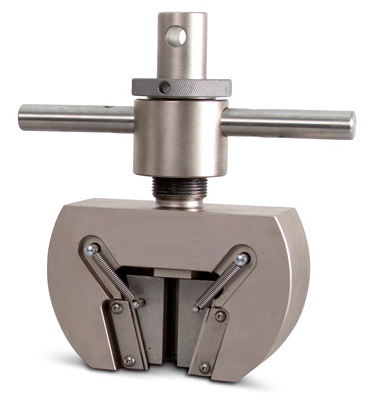
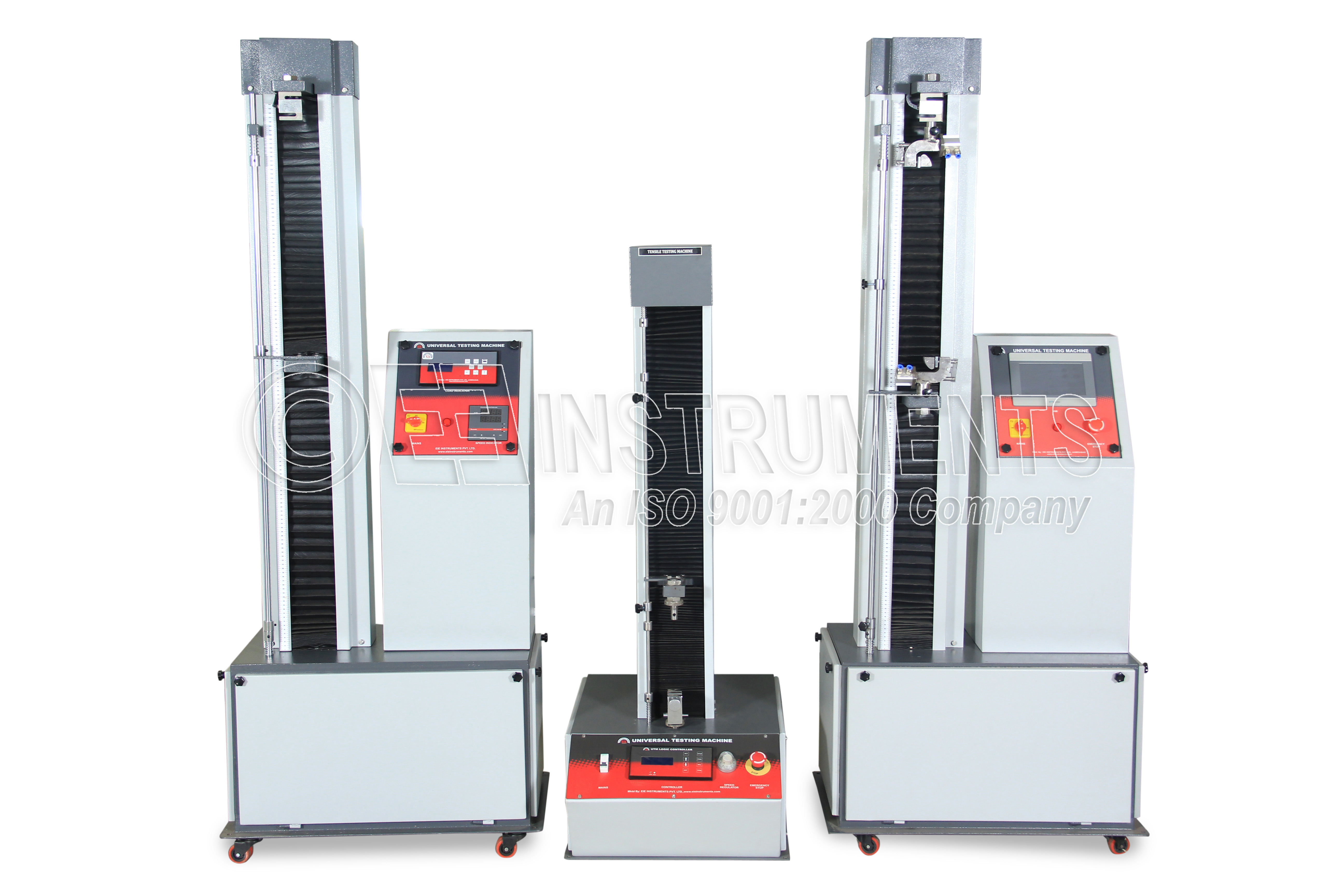
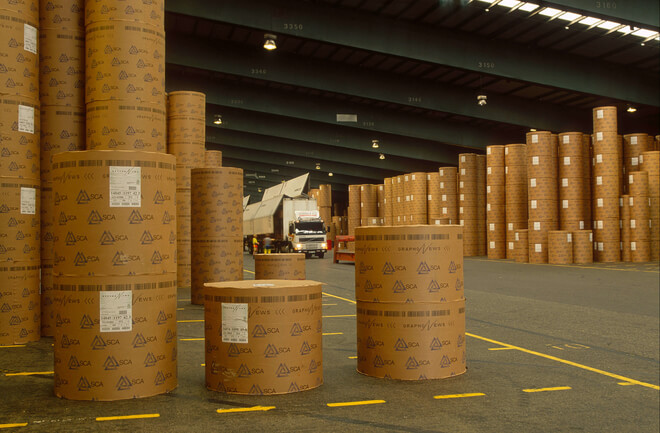
.png)
.png)
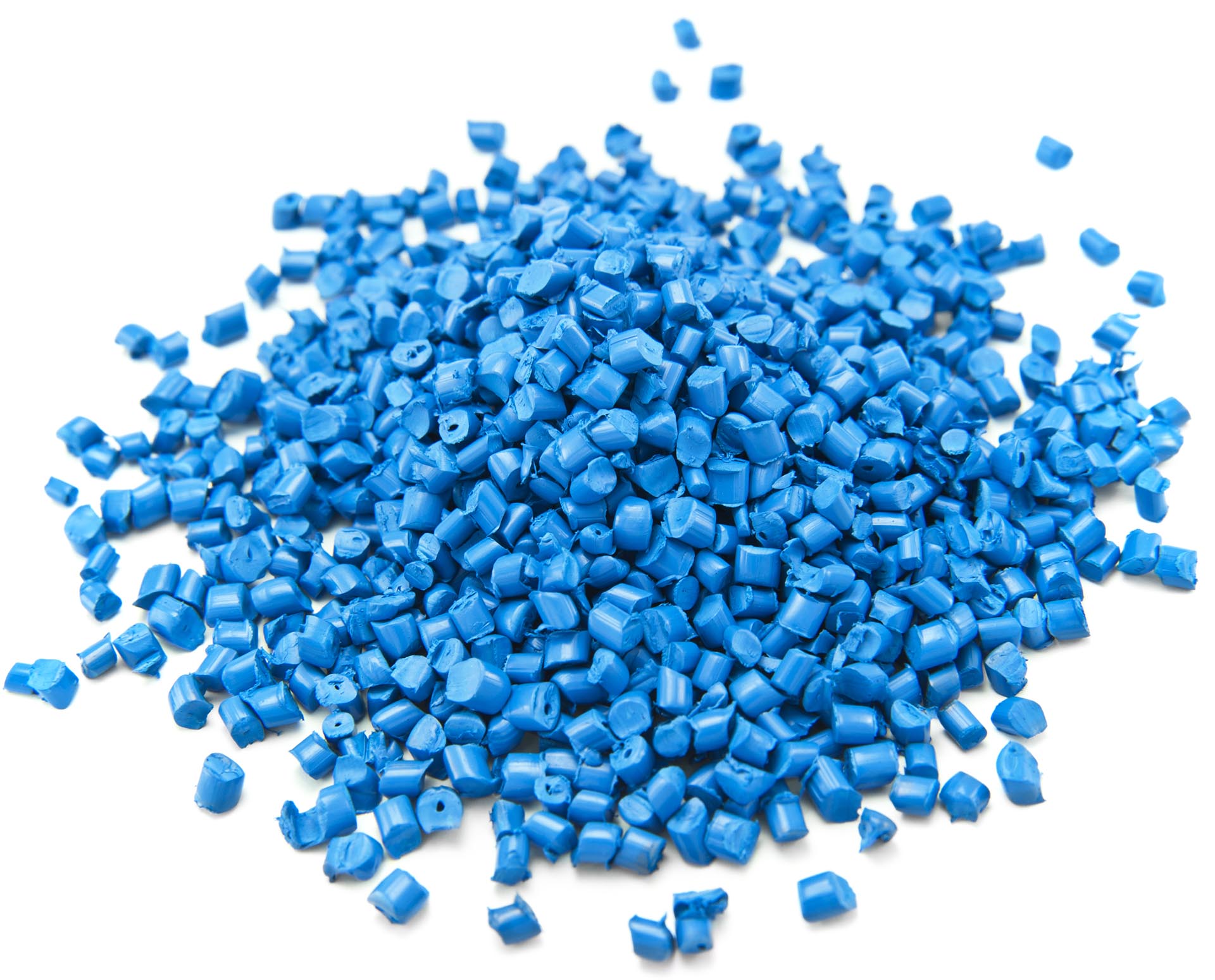
.png)
.png)


